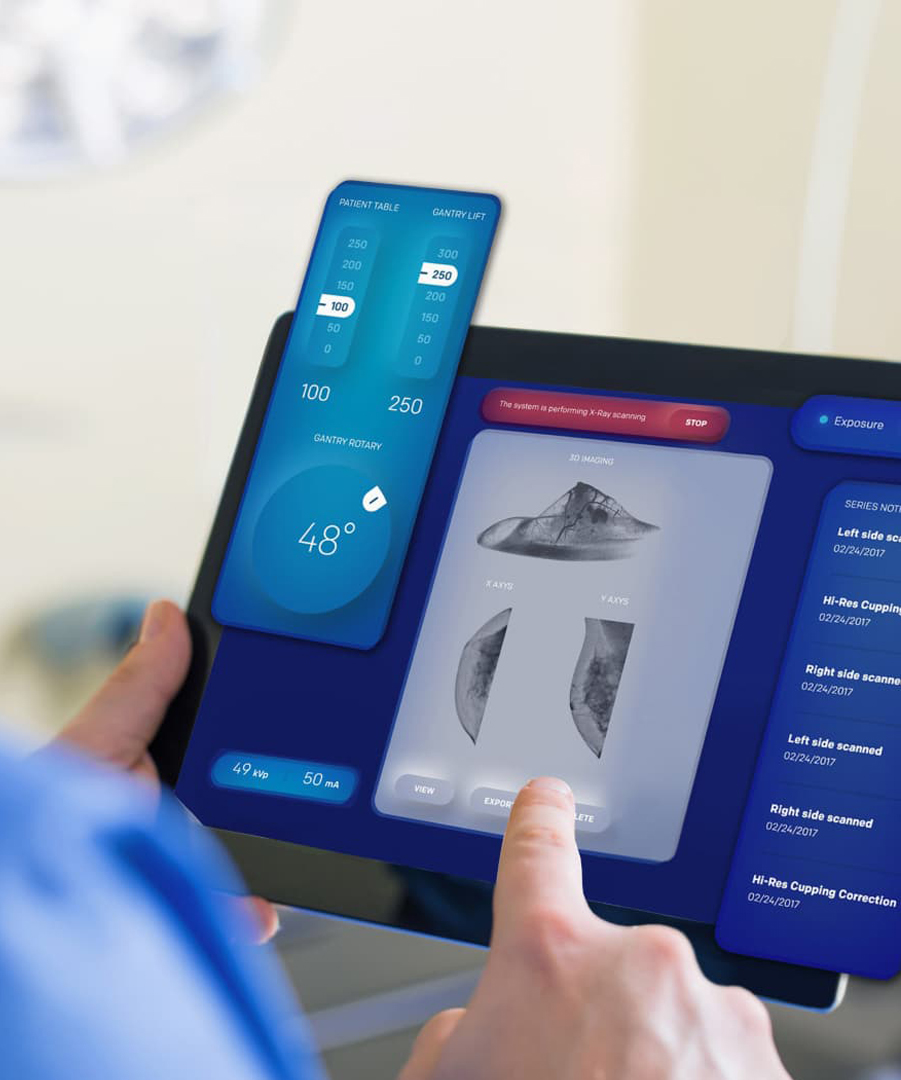


Municipal fire engines and aircraft rescue firefighting (ARFF) units exhibit fundamental operational distinctions based on their respective emergency response requirements.
Aircraft Rescue and Firefighting (ARFF) vehicles are specialized firefighting apparatuses designed to respond swiftly to aviation emergencies, particularly aircraft accidents or incidents on or near airport runways. Engineered for rapid intervention, these vehicles prioritize mobility, fire suppression capacity, and crew safety in extreme conditions. Typically equipped with high-performance engines, ARFF units can accelerate rapidly, often reaching speeds of 70-80 mph to meet the International Civil Aviation Organization’s (ICAO) 3-minute response time standard for airport emergencies. Their design incorporates all-terrain capabilities, featuring heavy-duty suspension systems, four-wheel drive, and puncture-resistant tires to navigate uneven surfaces, debris, or fuel-slicked runways.
Firefighting capabilities center on large-capacity tanks storing thousands of gallons of water, aqueous film-forming foam (AFFF), and dry chemical agents. Roof-mounted turrets and underbody nozzles enable 360-degree fire attack, while high-pressure cannons discharge up to 6,000 liters per minute, capable of penetrating aircraft fuselages
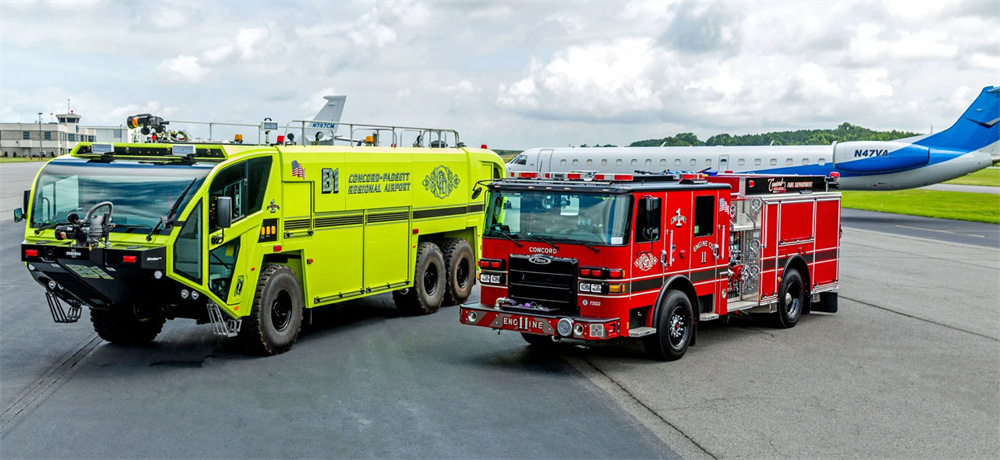
Key Differences Between Municipal Fire Trucks and Aircraft Rescue Firefighting (ARFF) Vehicles
The primary distinction between municipal fire apparatus and ARFF vehicles lies in their operational scope and design adaptations for distinct emergency scenarios.
Operational Roles
Municipal fire trucks address diverse community emergencies, including structural fires, medical crises, and vehicular accidents. Urban units prioritize maneuverability for navigating congested streets, while suburban and rural fleets adapt to evolving infrastructure and remote terrain, often requiring larger water reserves for areas with limited hydrant access. In contrast, ARFF vehicles specialize in aviation-related incidents such as aircraft crashes, fuel spills, and terminal emergencies. Their design emphasizes rapid intervention to mitigate jet fuel fires, demanding compliance with stringent response timelines (e.g., reaching any airfield incident within three minutes).
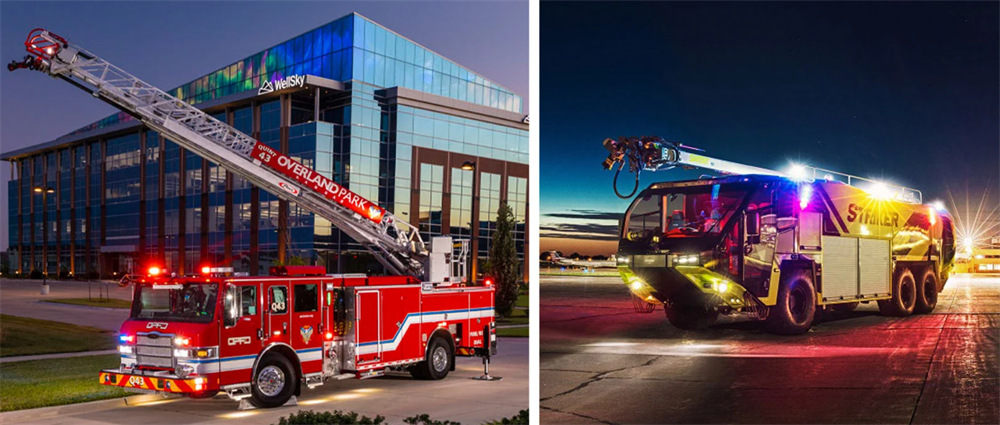
Performance Standards
NFPA mandates municipal trucks achieve 0–35 mph acceleration in 25 seconds, with a minimum top speed of 50 mph. ARFF vehicles, however, must accelerate to 50 mph within 25 seconds and attain 70 mph, reflecting the urgency of containing aviation fuel hazards. Oshkosh’s Striker® 8x8 exemplifies ARFF engineering, achieving 50 mph in under 20 seconds while exceeding international safety benchmarks.
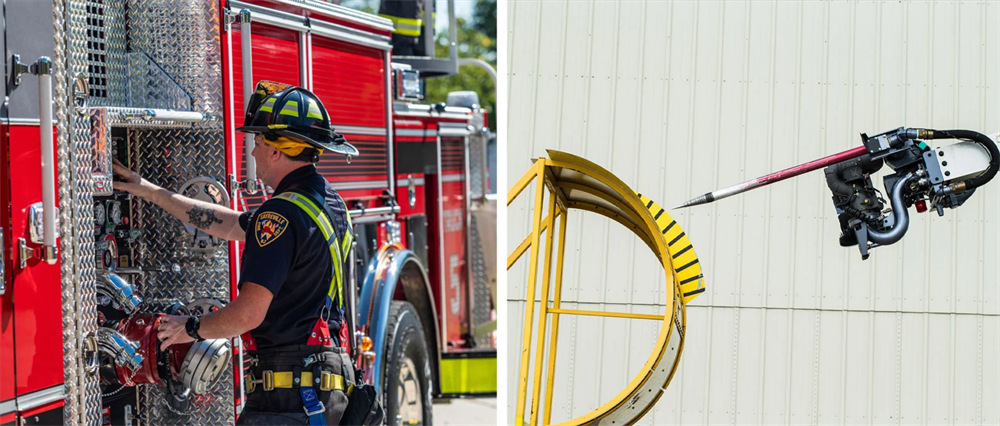
Water and Suppression Systems
Municipal trucks typically carry 500–1,000-gallon tanks, relying on hydrant networks where available. Rural units often feature expanded reservoirs for prolonged operations. ARFF vehicles, classified by FAA into five categories, transport 1,500–4,500 gallons due to scarce airport hydrants. Equipped with high-reach extendable turrets (HRETs), ARFF units can penetrate aircraft fuselages to deliver water, foam, or dry chemicals—critical for suppressing fuel-based fires and ensuring passenger evacuation.
Equipment and Storage
Municipal compartments store hoses, medical kits, and rescue tools, aligning with NFPA guidelines and CARE initiative protocols to reduce carcinogen exposure. ARFF vehicles prioritize aviation-specific gear: towing devices, fuel-line plugs, hydraulic cutters, and specialized communication systems. Both designs emphasize modular storage but cater to mission-specific demands.
Cab Configuration
Municipal cabs prioritize crew transport, seating up to 10 personnel with ergonomic enhancements and collision-avoidance technology. ARFF cabs, however, centralize operator controls for solo functionality, featuring panoramic visibility and off-road capabilities. Their reinforced chassis and elevated seating facilitate obstacle navigation during runway emergencies.
In summary, while both apparatus share firefighting fundamentals, ARFF vehicles are engineered for aviation’s unique risks—prioritizing speed, suppression versatility, and self-sufficiency—whereas municipal trucks balance community adaptability with infrastructure dependencies. These distinctions ensure optimized responses across vastly different emergency landscapes.
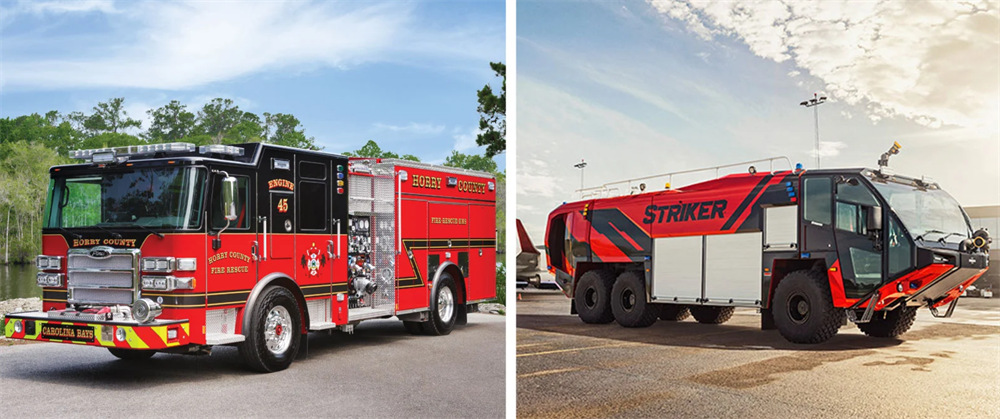
Operational Scope
Municipal fire apparatus address diverse community needs, ranging from structural fires to medical emergencies. Urban units prioritize maneuverability for navigating narrow streets, while suburban fleets adapt to evolving infrastructure. Rural departments emphasize off-road capabilities, extended water storage for limited supply zones, and equipment for vehicle extrication. In contrast, ARFF vehicles specialize in aviation-related incidents, including aircraft crashes, fuel spills, brake fires, and terminal emergencies. Their mandate requires rapid intervention in environments laden with jet fuel hazards, toxic fumes, and explosion risks.
Performance Standards
Response speed is critical for both vehicle types but governed by differing benchmarks. The National Fire Protection Association (NFPA) mandates municipal trucks achieve 0–35 mph acceleration within 25 seconds and a 50 mph top speed. ARFF units, however, must reach 0–50 mph in ≤25 seconds and sustain 70 mph speeds. This enhanced capability addresses the urgency of containing aviation fuel fires before reaching aircraft tanks. Oshkosh’s Striker® 8x8 exemplifies ARFF engineering, attaining 50 mph in under 20 seconds while meeting international safety protocols.
Water and Suppression Systems
Municipal engines typically carry 500–1,000-gallon tanks, with rural variants favoring larger capacities due to scarce hydrants. Urban units often rely on hydrant networks, allowing smaller onboard reserves. Conversely, ARFF vehicles transport 1,500–4,500 gallons, as airports frequently lack accessible water sources. FAA classifications dictate agent quantities, with ARFF trucks employing high-reach extendable turrets (HRET) to penetrate fuselages and dispense water or foam. Municipal crews use conventional hoses and adjustable nozzles, occasionally supplemented by foam systems for fuel or chemical fires.
Fire Suppression Agents
While both units utilize water, ARFF operations integrate specialized agents. Foam blankets fuel spills by oxygen deprivation, whereas dry chemicals (e.g., potassium bicarbonate) tackle electrical or flammable liquid fires. Municipal teams deploy foam selectively, prioritizing compatibility with urban infrastructure. ARFF protocols emphasize agent conservation due to limited resupply options during extended incidents.
Cab Design and Ergonomics
Municipal cabs prioritize crew transport, seating up to 10 personnel with left-hand driver positioning. Modern designs incorporate carcinogen-reduction features like sealed compartments and cleanable surfaces under the CARE initiative. ARFF cabs, however, feature centralized operator stations with panoramic visibility for obstacle navigation. Designed for solo or minimal crew operation, they include off-road suspensions, elevated chassis clearance, and pump-and-roll functionality for mobile firefighting.
You may be interested in the following information